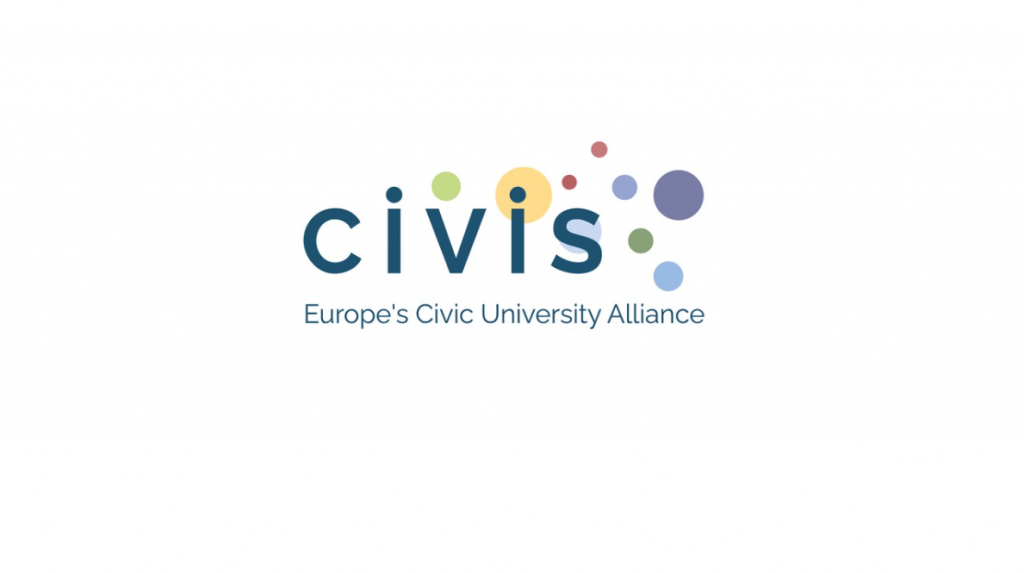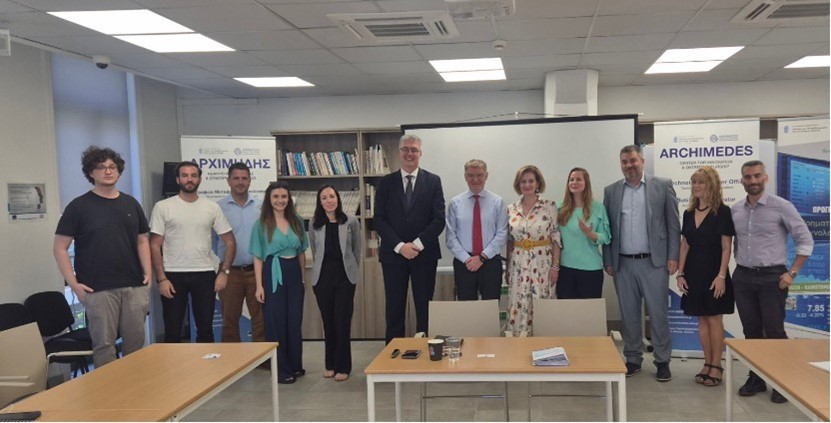Discover the CIVIS Handbook on Virtual Mobility: a valuable resource for academics, experts, policymakers, stakeholders, and student! This comprehensive document will be of interest to those who follow developments in paedagogy and higher education. But it can also be a source of inspiration for anyone who wants to design and deliver their own teaching and learning activities in a virtual mobility environment.
The international educational landscape faces numerous challenges when it comes to adapting the educational environment to the emerging needs of students and adopting innovative apporaches to learning. In recent months the pace for change has only accelerated, as the COVID-19 pandemic has triggered rapid digitalisation in heigher education, whereby new ways of learning have been developed and old ones have been reconfigured.
Tackling the new teaching and learning paradigms in education, especially at university level, CIVIS proposes an innovative approach to the design and implementation of modern educational activities. Digitally enhanced mobility – CIVIS Handbook on Virtual Mobility offers a detailed exploration of the digitally enhanced (virtual) mobility and educational technology tools that can be used in higher education. The handbook thereby aims to offer support and guidelines for those managing educational activities accompanied by virtual mobility components, whether in fully virtual learning environments or in a blended format.
The handbook comprises a complex analysis of the current status and impact of virtual mobility in the educational sector, as well as a variety of distance or blended learning best practices from CIVIS member universities. The handbook envisions the transformations produced by some of the most recent developments in ICT (Information and Communication Technologies) in education and the adaptations that emerged during the pandemic context.
The CIVIS Handbook on Virtual Mobility promotes various virtual mobility concepts, identifying different types of virtual mobility practices and formats, as part of the building blocks for a more complex construct, the European degree and the design pathways for connecting universities across Europe in this transformative process. The handbook continues the work and endeavours carried out by the CIVIS Work Package 7 “Teaching Excellence” team, for increasing students’ mobility and innovating learning opportunities in the alliance, in a wider European educational context, offering them access to modern and innovative learning opportunities and environments, enhancing cultural exchanges, European citizenship, and active engagement in societal challenges.
The handbook offers an adequate place for considering and analyzing the entire virtual mobility ecosystem and its dimensions, such as: pedagogical (course design and curriculum development), technical (tools and innovations to support content creation, course delivery, communication and interaction tools), and administrative (learning pathways, ECTS credit points guidelines, recognition principles and tools). We consider this handbook as a valuable resource for academics, experts, policymakers, stakeholders, and students, as an integrative support document for designing, managing, and delivering teaching and learning in a virtual mobility environment.
Considering aspects such as modularisation (as CIVIS’ response to the European approach to micro-credentials), stackability of learning, flexible learning pathways, small units of learning that lead to larger educational components (building blocks), recognition of learning based on ECTS credit points, and a curricular framework that paves the ways for European degrees, the CIVIS Handbook on Virtual Mobility provides a practical perspective on designing and implementing innovative learning activities in the context of a European University Alliance, tackling sustainable and transformative approaches for the future of higher education.
The Handbook includes the following chapters:
- Virtual Mobility Background Note – an exploratory analysis on virtual mobility
- Virtual mobility as an educational and strategic asset for strengthening relationships with CIVIS partner universities and developing European curricula – a practical approach and guide for designing and implementing virtual mobility learning activities, based on the experience and challenges of a European University Alliance
- Annexes – a selection of best practice initiatives based on virtual mobility from CIVIS member universities, which can be used in the process of investigating new virtual mobility opportunities, along with specific tools to be used in an ongoing Call for Virtual Mobility.
Click here to download the CIVIS Handbook on Virtual Mobility.






![CIVIS Staff Week Hybrid Horizons: Εκπαίδευση στο Σχεδιασμό και την Υλοποίηση Μικτών Εντατικών Προγραμμάτων (BIPs) [10–12 Σεπτεμβρίου 2025 ]](https://hub.uoa.gr/wp-content/uploads/2025/07/hybrid-horizons-staff-week-1200x630-1-1024x538.png)







![Το 63ο διεθνές συνέδριο χορού στην Αθήνα [2-6 Ιουλίου]](https://hub.uoa.gr/wp-content/uploads/2025/07/ΟΡΧΗΣΗ-ΓΙΑ-ΤΗΝ-ΕΙΡΗΝΗ-1024x576.jpg)


